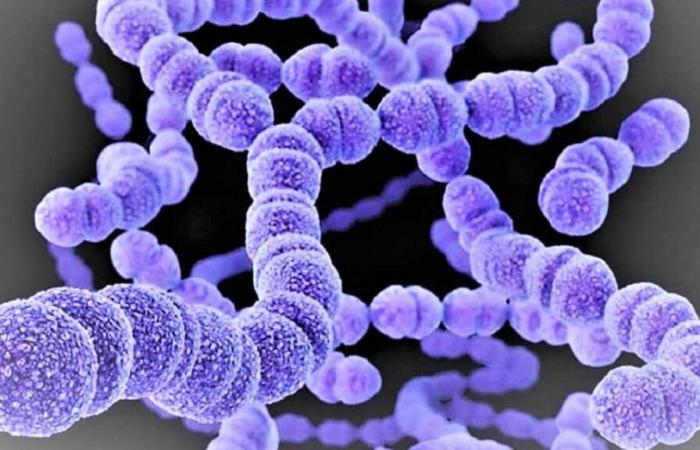Bacteria in our guts engage in genetic exchanges, called bacterial conjugation, and sometimes this swapping of genes promotes antibiotic resistance. Could zinc, a well-known supplement, stop this phenomenon? Researchers from Iowa seem to have demonstrated this.
In Applied and Environmental Microbiologythey reveal that the zinc could inhibit this gene transfer between microbes. This resistance mechanism relies on plasmids, small circular DNA elements.
Antimicrobial resistance poses serious public health problems, with thousands of deaths each year. These infections often occur after bacteria have acquired multiple resistance, making treatment difficult. Researchers hope to slow this spread by blocking the transfer of plasmids. It was during a study on chickens that the team noticed that certain oral treatments reduced the number of plasmids in the animals’ intestinal microbiota. This discovery led the team to test commonly available substances, such as zinc supplements.
The researchers then tested various products on strains of bacteria, observing a clear reduction in plasmid transmission with the addition of zinc. The higher the dose of zinc, the more transmission decreased.
However, an unexpected phenomenon was observed. Indeed, previous research had demonstrated that certain heavy metals, such as copper or cadmium, could on the contrary promote the transfer of genes resistant to antibiotics. This left scientists perplexed by the results obtained with zinc.
To understand what was happening, the researchers analyzed in detail the effect of zinc on the mechanism of plasmid transfer. They found that zinc caused a sort of “overload” in the gene replication process, which ultimately blocked the transfer of a plasmid to another microbe. At the same time, zinc also disrupted the production of certain specific proteins, essential for forming “bridges” between bacteria, structures necessary for the exchange of material. genetic.
Result: the overall process of plasmid transmission was blocked.
The team’s next steps include animal trials to see if these results hold up in real-world conditions. This discovery could well open a new avenue in the fight against antimicrobial resistance.
What is bacterial conjugation?
Bacterial conjugation is a process by which a bacterium transfers part of its DNA to another bacterium. This transfer occurs via plasmids, which are small pieces of circular DNA separated from the chromosome main. This process takes place through physical contact between two bacteria. A “bridge” is formed, allowing the plasmid to passer from one cell to another. This mechanism is one of the main ways that antibiotic resistance genes spread.
Conjugation is a rapid and efficient way for bacteria to acquire new genetic characteristics, including resistance to multiple antibiotics, making it difficult to eliminate them.






